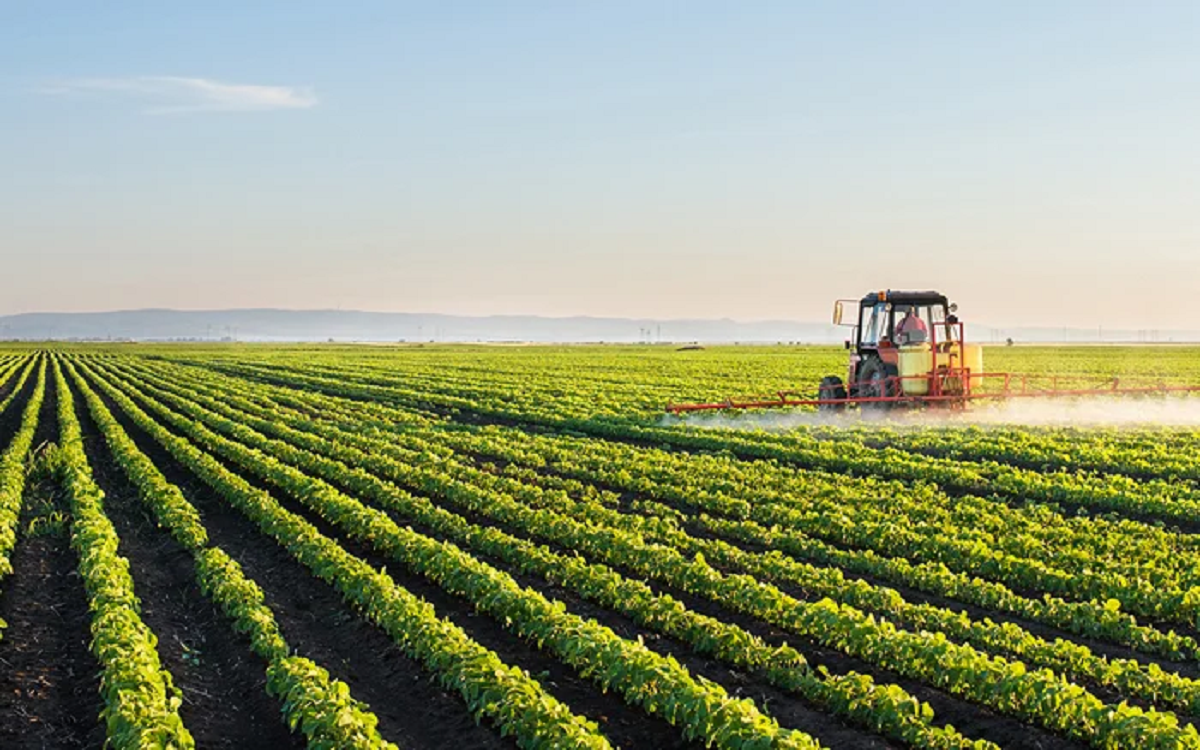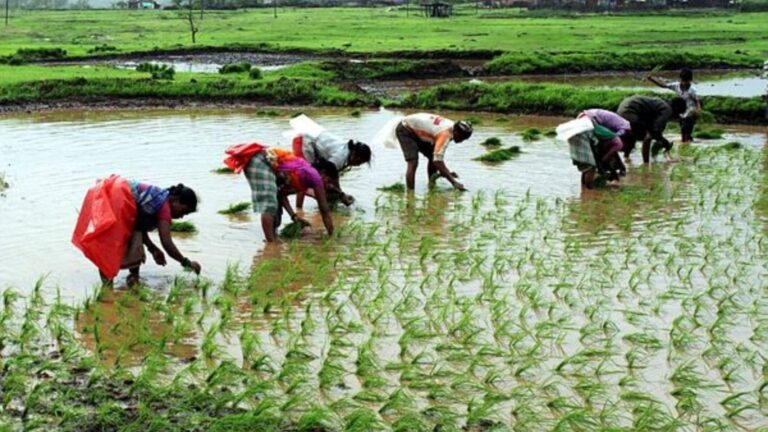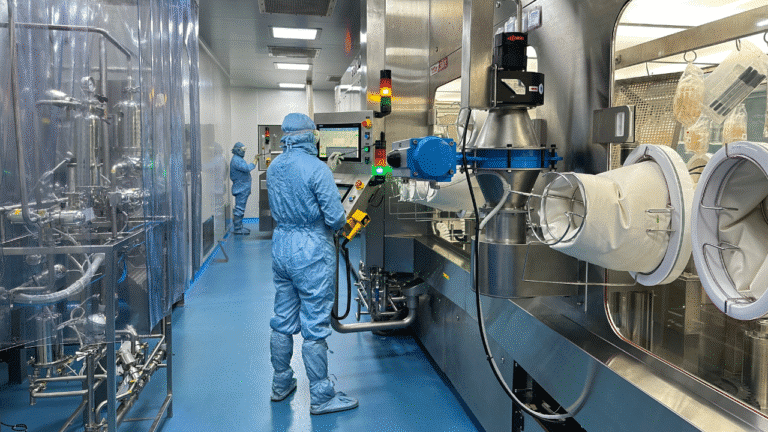
The Pakistan Economic Survey 2023-24, released on Tuesday, highlights a remarkable growth of 6.3% in the agriculture sector, the highest in 19 years. This growth, a significant increase from last year’s 2.3%, was driven by the robust performance of key crops such as wheat, cotton, and rice, despite challenges like lack of finance, quality inputs, and efficient market systems.
Key Crop Performances
The sector’s impressive growth was led by a 16.8% increase in the production of wheat, cotton, and rice. Wheat output reached a record 31.4 million tonnes, up 11.6% from the previous year’s 28.2 million tonnes. Cotton production surged by 108.2%, recovering from the previous year’s flood-induced damage, with output rising to 10.2 million bales from 4.9 million. Rice production also saw a substantial increase, growing by 34.8% to 9.9 million tonnes from 7.3 million tonnes.
Cotton Ginning and Other Crops
Cotton ginning, contributing 0.3% to GDP, grew by 47.2% due to the surge in cotton production. However, sugarcane and maize faced declines of 0.4% and 10.4% respectively, primarily due to reduced planting areas. Sugarcane production fell slightly from 88 million tonnes to 87.6 million tonnes, while maize production decreased from 11 million tonnes to 9.8 million tonnes. Other crops experienced a modest 0.9% growth, with fruits up by 8.4%, vegetables by 5.8%, and pulses by 1.5%.
Water Availability and Fertilizer Use
Water availability during Kharif 2023 increased significantly to 61.9 million acre-feet (MAF) from 43.3 MAF in Kharif 2022, meeting crop requirements. Rabi 2023-24 also saw improved water availability at 30.6 MAF, a 4.1% increase over the previous year. Fertilizer production and imports saw notable increases, with domestic production rising by 17.3% to 3.25 million tonnes and imports by 23.7% to 524,000 tonnes. Consequently, fertilizer availability grew by 18.1% to 3.77 million tonnes, supporting an 18.7% increase in total nutrient offtake.
Agricultural Lending and Investment
Agricultural lending during July-March FY24 rose by 33.3%, reaching Rs1.63 trillion compared to Rs1.22 trillion in the same period last year, achieving 72.7% of the annual target. The outstanding agricultural loan portfolio grew by 14.8%, increasing to Rs818.7 billion by March 2024 from Rs712.9 billion at the end of March 2023.
Livestock and Other Sectors
Livestock, accounting for 60.8% of the agricultural sector and 14.6% of GDP, grew by 3.9%, up from 3.7% last year. The forestry sector, contributing 2.3% to agricultural value addition and 0.56% to GDP, grew by 3.05%, a decrease from last year’s 16.63% growth. The fishing sector, making up 1.3% of agricultural value addition and 0.31% of GDP, grew by 0.81%, up from 0.35% the previous year. Total fish production during July-April FY24 reached 720.9 million tonnes, with marine fisheries contributing 410.9 million tonnes.
Collaborative Efforts and Future Prospects
The agriculture sector is seeking enhanced cooperation with China under the China-Pakistan Economic Corridor (CPEC) to strengthen its technological base. Ongoing CPEC initiatives include the establishment of the Centre for Sustainable Control of Plant Pests and Diseases, Juncao Technology Demonstration and Extension Project, Development of Foot and Mouth Disease Free Zones, local FMD vaccine production, mechanization of harvesting processes, and the establishment of the Pak-China Modern Agricultural Science and Technology Transfer Centre. These initiatives aim to sustain and further the sector’s growth and technological advancement.






